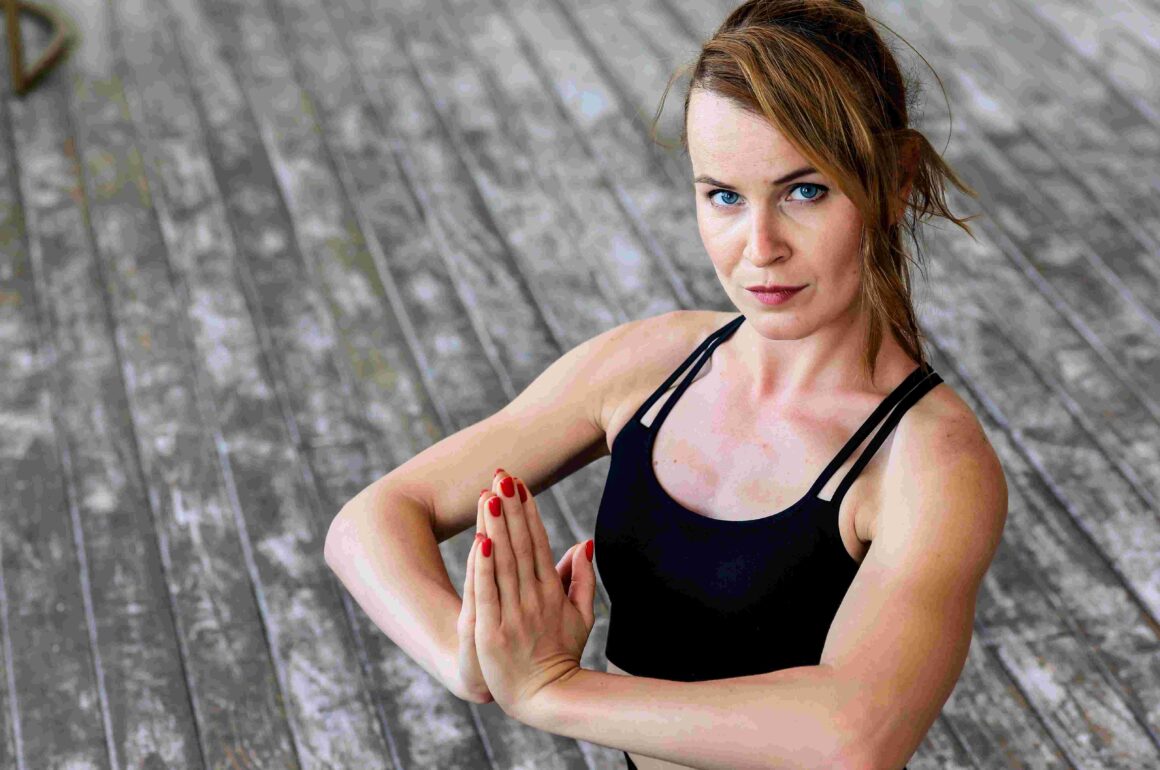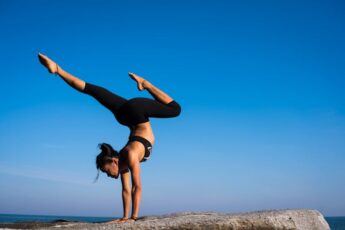The Power Of Yoga: Releasing Stress And Anxiety After A Car Accident – Abogados de Accidentes de Auto en Riverside

We’ve all been there – that heart-stopping moment when our vehicle comes to a sudden halt, the sound of metal crunching echoing in our ears. Whether it’s a minor fender bender or something more severe, car accidents can leave us feeling shaken and anxious long after the incident has occurred. Our bodies hold onto this stress and tension, which can impact both our mental and physical well-being.
Yoga is an ancient practice that can help you heal your mind, body, and soul if you are dealing with anxiety or stress due to a car accident. By utilizing the power of breath, movement, and mindfulness, yoga and Abogados de Accidentes de Auto en Riverside can help you to release negative emotions and take back control of your life.
This article will delve into how practicing specific asanas (yoga postures) and pranayama techniques (breathing exercises) can aid in alleviating trauma-related symptoms while promoting overall relaxation for your nervous system. We’ll also explore alternative therapies that complement yoga practices, creating a holistic approach toward healing after such an unsettling event.
So grab your mat and let’s embark on this journey toward inner peace together!
Benefits Of Yoga For Trauma Recovery
It is estimated that 60% of adults in the United States have gone through a traumatic experience, such as a car accident, at some point in their lives. The aftermath of these events can cause long-term problems like stress and anxiety, making it hard to find a resolution.
This is where trauma-sensitive yoga comes into play – a powerful tool for navigating through these emotional challenges. The practice of yoga has long been regarded as an effective way to promote physical and mental well-being.
Trauma-sensitive yoga specifically focuses on helping individuals regain emotional regulation by creating a safe and supportive environment for self-exploration. Through gentle movements, breath work, and mindfulness techniques, practitioners can reconnect with their bodies and cultivate inner balance.
By fostering this mind-body connection, yoga becomes instrumental in releasing residual tension from past traumas while providing an avenue toward resilience and personal growth.

Key Asanas And Pranayama Techniques
As we have seen, yoga can be incredibly transformative for individuals recovering from traumatic experiences such as car accidents. By offering a safe and gentle space to reconnect with the body and mind, yoga provides an effective method of releasing built-up stress and anxiety.
Now that we’ve discussed the benefits of incorporating yoga into trauma recovery, let’s dive deeper into specific asanas (postures) and pranayama (breathing) techniques that are especially helpful for those healing after a car crash.
Car crash asanas focus on gently opening up tight muscles caused by physical tension or injuries sustained during the accident. Pranayama practices help in calming the nervous system by using controlled breathing exercises that bring awareness back to your breath.
Here are three key poses and their corresponding pranayama techniques that you might consider integrating into your practice:
- Child’s Pose (Balasana): This restorative pose helps release tension in the lower back while also creating a sense of safety and comfort.
- Dirga Pranayama: Also known as ‘Three-Part Breath’ or ‘Complete Breath,’ this technique promotes relaxation by focusing on deep inhales that expand the belly, ribcage, and chest.
- Cat-Cow Pose (Marjaryasana-Bitilasana): These two poses combined make a fluid movement that gently stretches the spine and neck while promoting overall flexibility.
- Nadi Shodhana: Known as ‘Alternate Nostril Breathing,’ this practice balances both sides of the brain while creating mental clarity and calmness.
- Legs-Up-The-Wall Pose (Viparita Karani): This rejuvenating inversion allows blood to flow towards your head helping to reduce headaches, swelling in legs, insomnia, or fatigue caused due to stressful incidents like accidents.
- Ujjayi Pranayama: Often referred to as ‘Ocean Breath,’ this technique focuses on slow, controlled exhales through the nose with a slight constriction in the throat. This breath helps regulate blood pressure and instill a sense of calm.
Incorporating these specific asanas and pranayama practices into your daily routine can significantly improve both your physical and mental well-being following a car accident. Remember that healing takes time and patience; allow yourself the space to recover at your own pace while exploring the various ways yoga can support you along your journey.
Integrating Mindfulness And Meditation – Abogados de Accidentes de Auto en Riverside
Picture yourself sitting by a serene lake, the water gently lapping at the shore as you watch ripples move gracefully across its surface. A cool breeze brushes through your hair while birds sing sweetly in trees nearby.
As you breathe deeply and embrace this calming scene within your mind’s eye, you begin to experience firsthand how integrating mindfulness and meditation can help ease anxiety following a car accident.
Mindfulness has many benefits, including aiding us in becoming more conscious of our thoughts and feelings without making any assumptions, which allows us to comprehend them more effectively.
By doing so, we are better equipped to manage stressors such as those experienced after a traumatic event like a car accident.
Practicing various meditation techniques, such as focusing on the breath or visualizing tranquil scenes like the one described earlier, enables our minds to slow down and cultivate inner peace.
This newfound tranquility not only aids in releasing tension from the body but also fosters emotional balance – all essential aspects of healing during challenging times.
Complementary Therapies For Holistic Healing
As we’ve explored the calming effects of mindfulness and meditation on our well-being, it’s essential to recognize that holistic healing involves more than just mental practices.
By combining these techniques with other complementary therapies, we can create a comprehensive approach to healing after experiencing traumatic events like car accidents.
One such therapy is holistic nutrition, which focuses on nourishing your body through whole foods and natural supplements.
Eating a nutritious diet full of fruits, vegetables, lean proteins, healthy fats, and complex carbohydrates gives your body essential vitamins and minerals for both physical and mental restoration.
Additionally, energy healing modalities such as Reiki or acupuncture can help balance your body’s energy flow and promote relaxation.
Incorporating these complementary therapies into your regular yoga practice will not only aid in stress reduction but also assist you in achieving overall wellness from within.
Conclusion
In conclusion, it’s essential to remember that healing is a journey, not a destination.
Incorporating yoga into your recovery process can be the silver lining after experiencing trauma from a car accident.
By combining asanas, pranayama techniques, and mindfulness practices, you’re taking an active role in restoring balance and alleviating stress and anxiety.
Permit yourself to explore complementary therapies for holistic healing.
Embrace the power of yoga and allow it to support you on your path toward inner peace and resilience.
Namaste!




